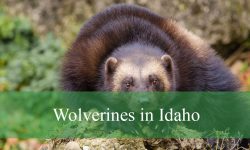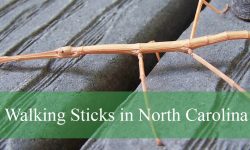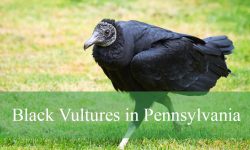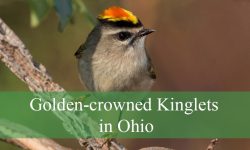Across Texas, a surprising number of insects and arachnids can inflict painful and sometimes dangerous stings or bites. From aggressive swarming bees to venomous spiders lurking in hidden spaces, these creatures are a real concern for residents and visitors alike.
While some of them play beneficial roles in pollination and natural pest control, others pose serious health risks when their nests or hiding places are disturbed. Their presence spans every corner of the state, from suburban yards to open prairies and desert regions.
Learning how to recognize these stinging insects, along with knowing when and where they are most active, is key to staying safe. This guide introduces 15 of the most dangerous stinging insects in Texas, complete with identification details and safety tips.
Types of Dangerous Stinging Insects Found in Texas
Red Imported Fire Ant (Solenopsis invicta)
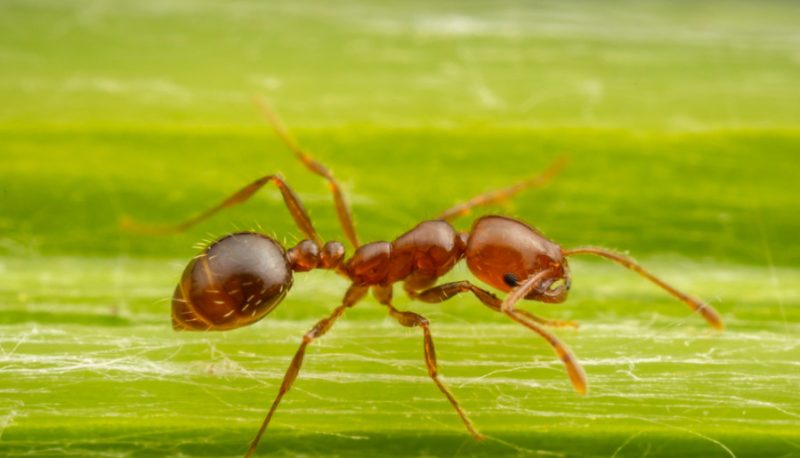
The Red Imported Fire Ant is one of the most aggressive stinging insects in Texas. These ants are small, reddish-brown, and typically form large colonies with mounds that can reach several feet in diameter. Their colonies are highly organized, containing thousands of workers and multiple queens, making them difficult to control once established. They are invasive and continue to spread across the southern United States.
The sting of a fire ant is very painful and can cause burning, itching, and blister-like pustules that last for days. Multiple ants usually sting at the same time, delivering venom that contains alkaloids responsible for both pain and tissue irritation. For some people, especially those allergic to the venom, stings may lead to severe allergic reactions or even anaphylaxis.
Fire ants thrive in disturbed habitats such as lawns, agricultural fields, parks, and roadside areas. They are highly adaptable and often displace native ant species, making them ecologically destructive as well as a human health concern. Their colonies are often found after heavy rains when they build large, visible mounds above the ground.
In Texas, Red Imported Fire Ants are considered a significant pest. They not only threaten humans but also wildlife and livestock. Because of their painful stings and invasive behavior, they are one of the most dangerous stinging insects in the state, requiring careful management and control efforts.
Southern Yellowjacket (Vespula squamosa)

The Southern Yellowjacket is a large, aggressive wasp that is common in Texas. They are identified by their black and yellow banded bodies and tend to form massive colonies underground. Unlike bees, which sting only once, yellowjackets can sting repeatedly, injecting venom each time.
Their stings cause immediate sharp pain, swelling, and redness. For sensitive individuals, multiple stings can cause systemic allergic reactions, which may require medical attention. Because these wasps aggressively defend their nests, they pose a serious risk to anyone who accidentally disturbs them.
Southern Yellowjackets build nests in soil cavities, abandoned rodent burrows, and sometimes in wall voids or attics. Their colonies can contain thousands of workers, making them especially dangerous if disturbed. During late summer and fall, their numbers increase significantly, and they become more aggressive in search of food.
In Texas, these wasps are frequently encountered in rural and suburban areas. Their aggressive nature and ability to sting multiple times make them one of the most dangerous stinging insects in the region, especially for those working outdoors.
Eastern Yellowjacket (Vespula maculifrons)
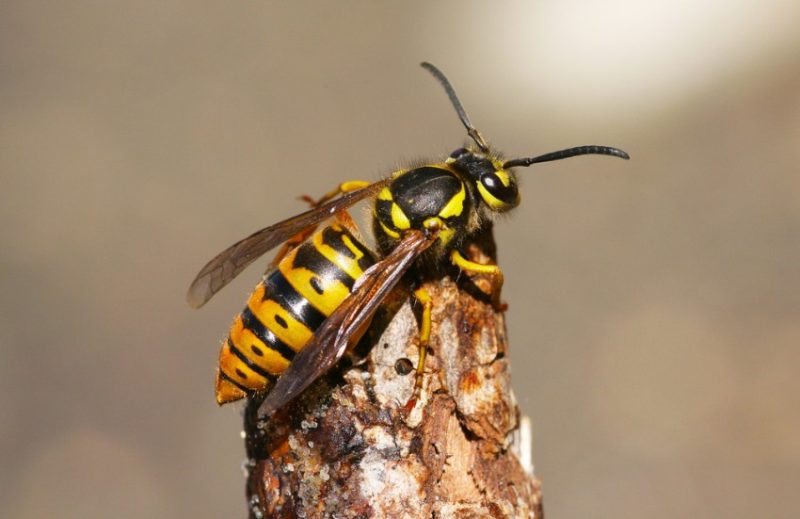
The Eastern Yellowjacket is another common stinging insect in Texas, often confused with the Southern Yellowjacket. They are slightly smaller, with a black and bright yellow patterned body. These wasps are highly social and form large colonies, usually underground or inside wall cavities.
Their sting is painful and can cause swelling, itching, and redness. Unlike honeybees, they can sting repeatedly, making encounters with them especially dangerous. People allergic to their venom are at risk of severe reactions after just one sting.
Eastern Yellowjackets are attracted to sugary foods and protein-rich substances, which often brings them into contact with humans at picnics, garbage areas, and outdoor gatherings. Their scavenging habits increase the chance of accidental encounters.
In Texas, they are most active during the warmer months and become more aggressive in late summer. Because they defend their nests fiercely and attack in groups, Eastern Yellowjackets are considered a major stinging threat.
Bald-Faced Hornet (Dolichovespula maculata)
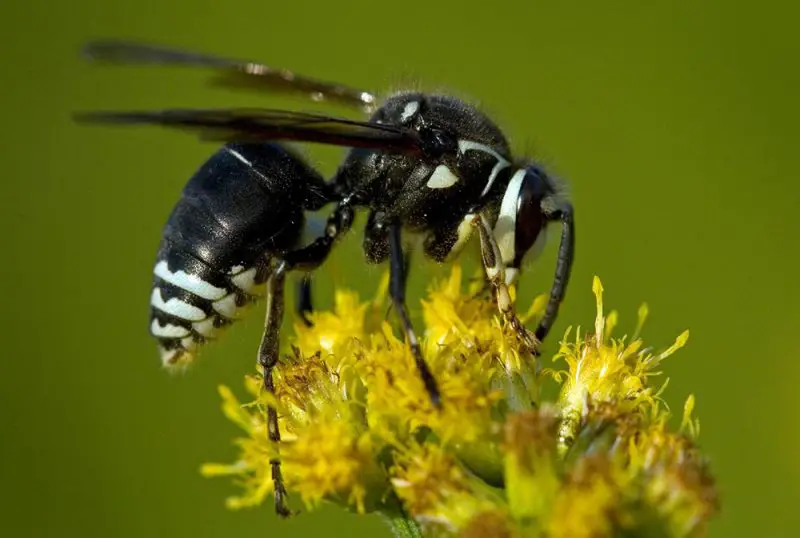
The Bald-Faced Hornet is actually a type of yellowjacket, but it is larger and more aggressive. It is easily identified by its black body with striking white markings on the face and tip of the abdomen. These hornets are social insects that form large aerial paper nests in trees, shrubs, and sometimes buildings.
The sting of a Bald-Faced Hornet is extremely painful and can cause swelling, redness, and lingering discomfort. Because they can sting multiple times and inject large amounts of venom, encounters with them can be dangerous, especially for those who are allergic.
Their nests can contain hundreds of workers, and they vigorously defend them against perceived threats. Even slight disturbances near the nest can provoke a swarm of hornets to attack, making them a serious hazard around homes and wooded areas.
In Texas, Bald-Faced Hornets are often seen in forest edges, suburban neighborhoods, and rural properties. Their aggressive defense of their nests and powerful sting make them one of the most feared stinging insects in the state.
Paper Wasps (Polistes spp.)
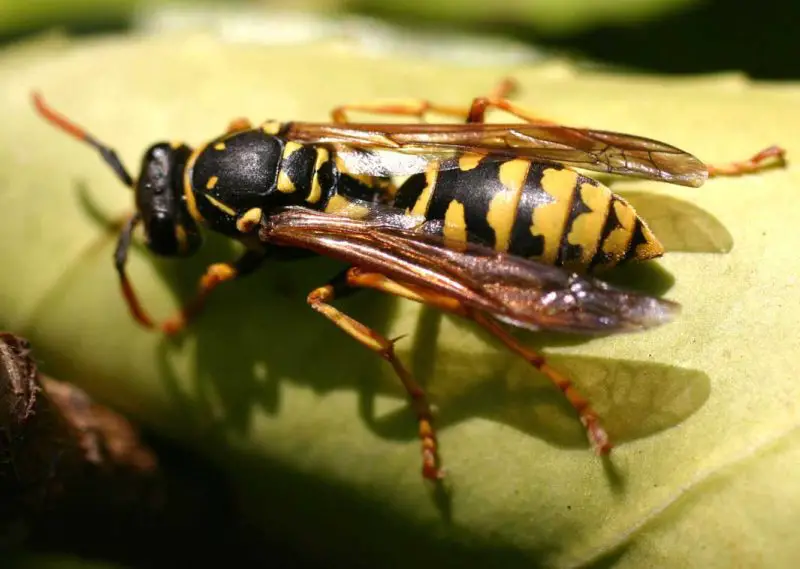
Paper Wasps are slender, medium-sized wasps with long legs that dangle in flight. They are usually brownish with yellow or reddish markings and are less aggressive than yellowjackets or hornets, but still capable of delivering painful stings. Their nests are open, umbrella-shaped structures made of papery material, typically found under eaves, porch ceilings, and tree branches.
The sting of a paper wasp is painful and causes localized swelling, redness, and itching. While they are not as aggressive as hornets or yellowjackets, they will defend their nests if disturbed. For individuals allergic to wasp venom, stings can trigger serious reactions.
Paper Wasps are considered beneficial insects because they feed on caterpillars and other pests, helping to control garden insect populations. However, their proximity to human dwellings often leads to conflict, as their nests are commonly built in areas of frequent human activity.
In Texas, Paper Wasps are widespread and active during warm months. Although not as dangerous as other wasps or hornets, their painful sting and tendency to nest near homes make them a notable stinging insect to watch out for.
Cicada Killer Wasp (Sphecius speciosus)
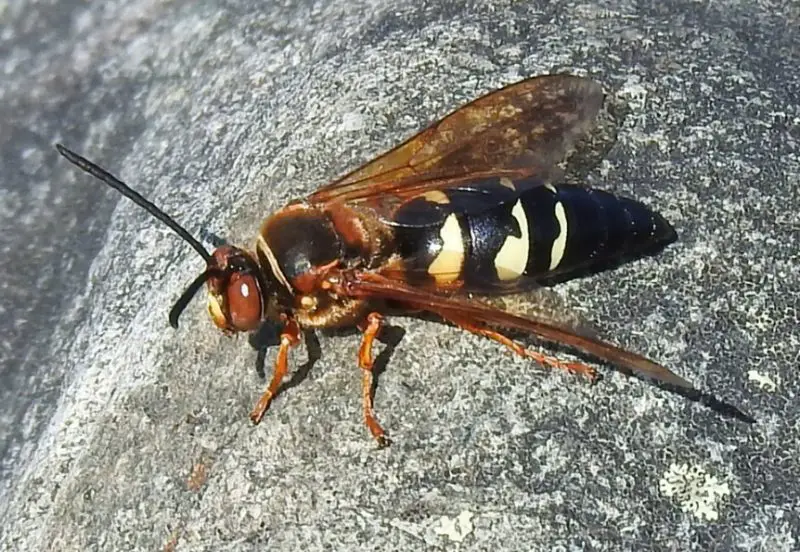
The Cicada Killer Wasp is one of the largest wasps found in Texas, often reaching up to two inches in length. They have a striking appearance with reddish-brown wings, black abdomens marked with yellow bands, and reddish heads. Despite their intimidating size, these wasps are generally not aggressive toward humans unless directly handled.
Their sting is very painful but not usually life-threatening. Female Cicada Killers use their sting to paralyze cicadas, which they then drag into underground burrows as food for their larvae. While they rarely sting people, their large size and buzzing flight can cause alarm, especially when they are active in residential yards.
These wasps are solitary nesters, digging tunnels in sandy or well-drained soils. Their burrows may be seen in lawns, gardens, or near sidewalks where soil is exposed. Because they are solitary, they do not swarm or defend nests like hornets or yellowjackets.
In Texas, Cicada Killers are most active during midsummer when cicada populations are high. Though not as dangerous as more aggressive species, their sting can still cause intense pain, making them a notable stinging insect in the state.
Tarantula Hawk Wasp (Pepsis grossa)
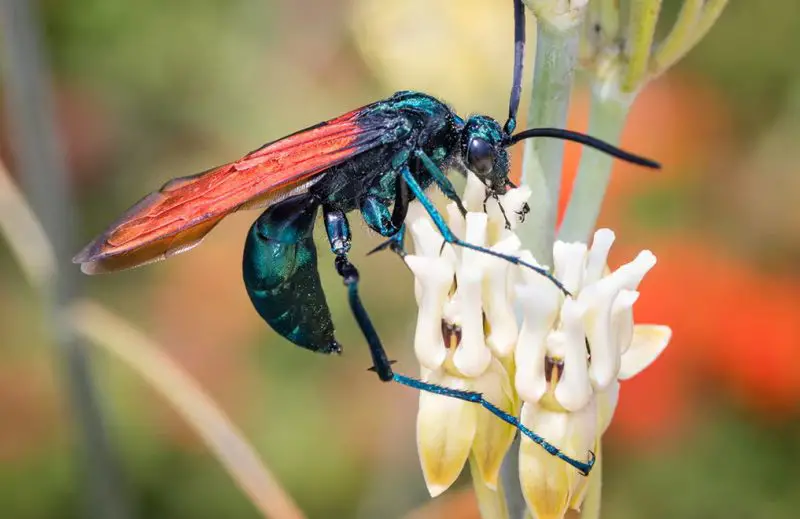
The Tarantula Hawk Wasp is another giant wasp native to Texas, famous for having one of the most painful stings in the insect world. They are large, with metallic blue-black bodies and vivid orange or black wings, making them easy to recognize. Despite their menacing appearance, they are not typically aggressive toward humans.
Their sting is used primarily to paralyze tarantulas, which they drag into underground burrows as food for their larvae. While their sting is excruciating, it is not considered medically dangerous and usually subsides after a few minutes. Nonetheless, the pain is so intense that it can incapacitate a person temporarily.
These wasps prefer deserts, open fields, and scrublands but are also found in urban gardens where tarantulas are present. They are solitary and do not form colonies, so they do not defend nests like social wasps or hornets.
In Texas, Tarantula Hawk Wasps are frequently seen during the summer months, especially in arid and semi-arid regions. Their sheer size, striking appearance, and reputation for an extremely painful sting place them among the most feared stinging insects in the state.
Velvet Ant (Cow Killer Ant, Dasymutilla occidentalis)

The Velvet Ant, often called the Cow Killer Ant, is actually a type of wingless wasp rather than a true ant. Females are covered in dense red-orange and black hair, giving them a fuzzy, velvet-like appearance. They are solitary insects that can be spotted running quickly across sandy soils.
Their sting is infamous for being incredibly painful, leading to the nickname “cow killer,” though it cannot actually kill a cow. The venom causes intense burning pain that lasts for several minutes. Because they are solitary, they do not swarm, but a single sting is enough to make them dangerous.
Velvet Ants lay their eggs in the nests of ground-nesting bees and wasps, where their larvae consume the host’s offspring. They are most often found in dry, sandy habitats such as pastures, fields, and open woodland.
In Texas, Velvet Ants are frequently encountered during the summer. Their bright coloration serves as a warning to predators and people alike. While they are not aggressive, handling them can result in one of the most painful stings in the insect world.
Honey Bee (Apis mellifera)
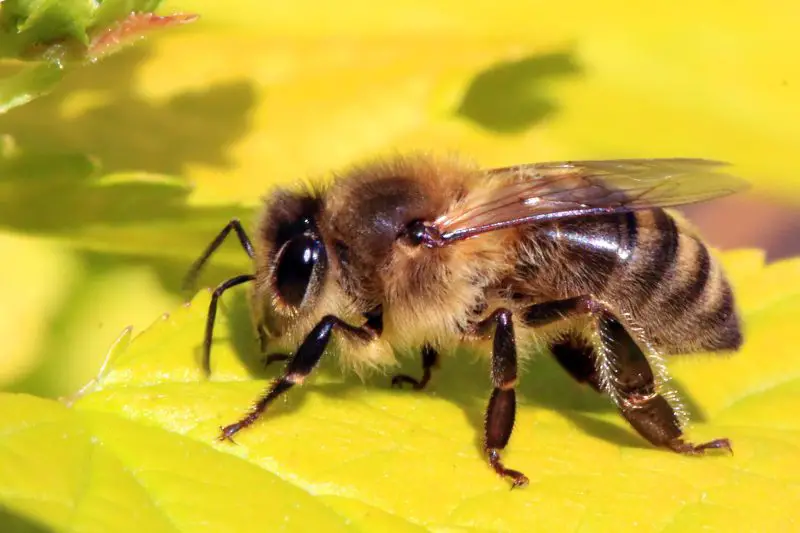
The Honey Bee is one of the most recognizable stinging insects in Texas. They are medium-sized, golden-brown insects with black stripes and are highly valued for their role in pollination and honey production. Honey bees live in large, complex colonies with a strict social structure.
Honey bee stings are painful and cause redness, swelling, and itching. Unlike wasps, honey bees can sting only once because their stinger is barbed and remains lodged in the skin, tearing from the bee’s body and causing its death. For most people, a sting is only temporarily painful, but for those allergic to bee venom, it can be life-threatening.
These bees build hives in hollow trees, rock crevices, and man-made structures like walls or beekeeping boxes. They are usually not aggressive unless their hive is threatened, at which point they will swarm in defense.
In Texas, Honey Bees are found statewide and play a crucial role in agriculture. While beneficial, they remain dangerous to individuals with bee sting allergies and should be approached with caution.
Africanized Honey Bee (Killer Bee, Apis mellifera scutellata hybrid)
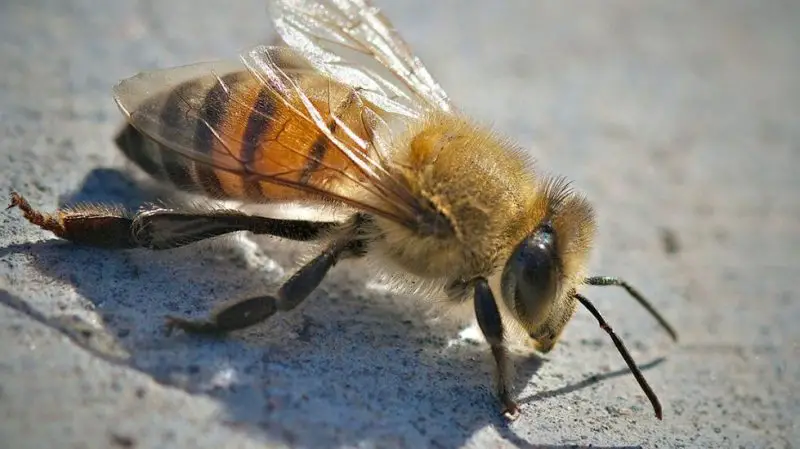
Africanized Honey Bees, also known as “Killer Bees,” are hybrids between African and European honey bees. They look almost identical to regular honey bees but are far more aggressive in defending their colonies. This makes them one of the most dangerous stinging insects in Texas.
Their sting is similar in pain to that of a regular honey bee, but the danger lies in their behavior. Africanized Honey Bees attack in large numbers, sometimes chasing victims for hundreds of feet. Multiple stings can cause severe reactions, even in people without allergies.
These bees build colonies in hollow trees, wall cavities, and sometimes underground. Because of their aggressive nature, they are more likely to nest in exposed areas and defend their colonies against perceived threats.
In Texas, Africanized Honey Bees have spread widely and are a major public safety concern. Encounters with disturbed colonies have led to hospitalizations and, in rare cases, fatalities. Their aggressive swarming behavior makes them one of the most feared stinging insects in the region.
Bumble Bees (Bombus spp.)
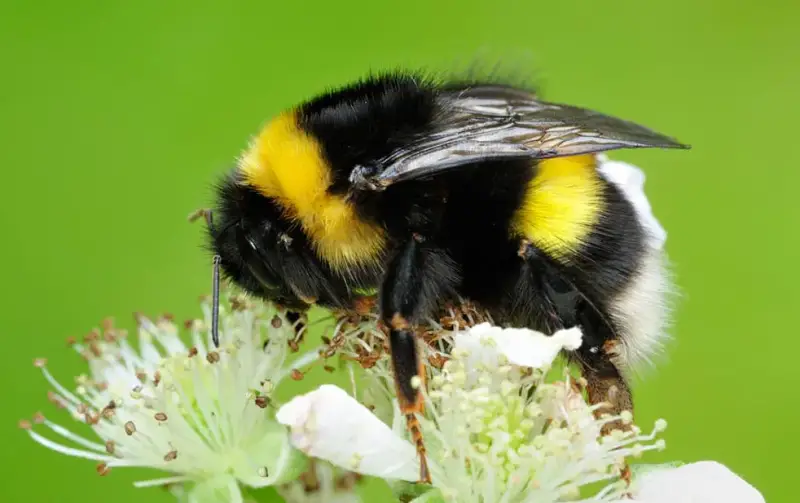
Bumble Bees are large, fuzzy insects with black and yellow banded bodies, easily distinguished from other bees by their rounded shape and hairy thorax. In Texas, several species occur, and they are important pollinators for wildflowers, fruits, and vegetables. Their colonies are smaller than honey bee hives, usually numbering only a few hundred individuals.
The sting of a bumble bee is painful and can cause swelling, redness, and itching at the site. Unlike honey bees, bumble bees can sting multiple times since their stinger does not detach. While generally not aggressive, they will defend their nests vigorously if disturbed, and allergic individuals must be cautious.
Bumble bees often nest in abandoned rodent burrows, grassy areas, or under piles of leaves and debris. They are active during the warmer months and can be seen buzzing among flowers, making them common in gardens and fields.
In Texas, bumble bees are beneficial insects but still pose a risk when their nests are disturbed. Their combination of multiple stings and defensive behavior makes them a dangerous stinging insect, particularly in rural or agricultural areas.
Sweat Bees (Halictidae family)
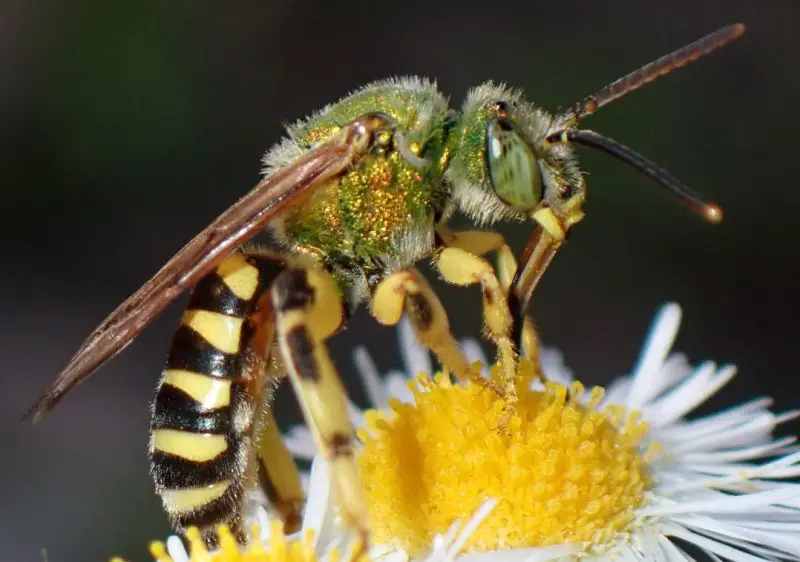
Sweat Bees are small, metallic-colored bees that are often green, blue, or black. They are named for their attraction to human sweat, which they lap up for its salt content. These bees are common across Texas and are frequently seen during warm months in gardens, fields, and meadows.
Their sting is relatively mild compared to larger bees and wasps, but it can still cause pain, redness, and itching. Because they are attracted to human skin, they often sting when accidentally brushed away, which increases the chance of encounters.
Sweat Bees nest in soil, rotting wood, or plant stems. Many species are solitary, while others live in small communal groups. Despite their small size, they play an important role in pollination, helping fertilize a variety of plants.
In Texas, Sweat Bees are abundant and widespread. While they are not as dangerous as hornets or fire ants, their tendency to sting humans when attracted to sweat places them among the state’s stinging insects of concern.
Horse Flies (Tabanidae family)
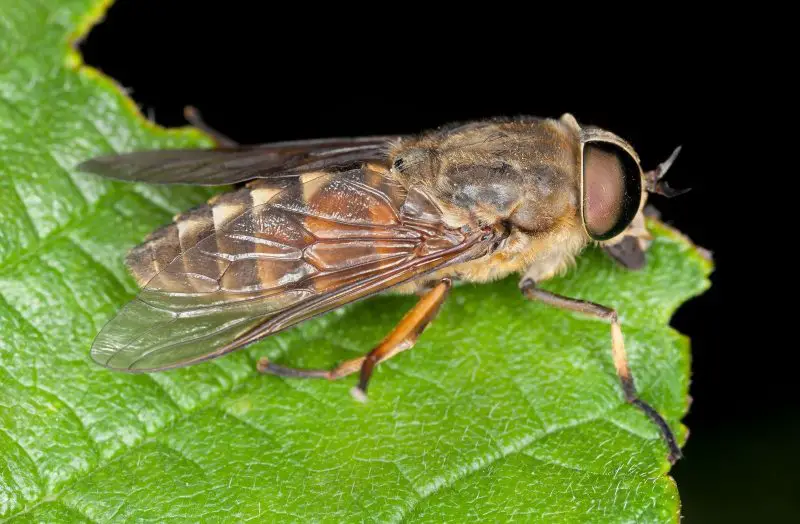
Horse Flies are large, robust insects with powerful wings and brightly colored or patterned eyes. Females are blood-feeders, while males primarily feed on nectar. In Texas, these flies are common near livestock, wetlands, and wooded areas during warm weather.
Unlike bees and wasps, Horse Flies do not sting but instead use their sharp mouthparts to bite and slice skin, creating a painful wound. Their bites are extremely painful and often bleed freely. Reactions include swelling, redness, and intense itching, with some individuals experiencing allergic responses.
These flies are strong fliers and are known for persistently chasing both humans and animals. Their bites can also transmit diseases to livestock, making them an economic concern for ranchers and farmers.
In Texas, Horse Flies are most active in summer, especially near rivers, lakes, and pastures. While not venomous, their painful bites and potential to spread infections make them dangerous insects in the state.
Black Widow Spider (Latrodectus mactans)
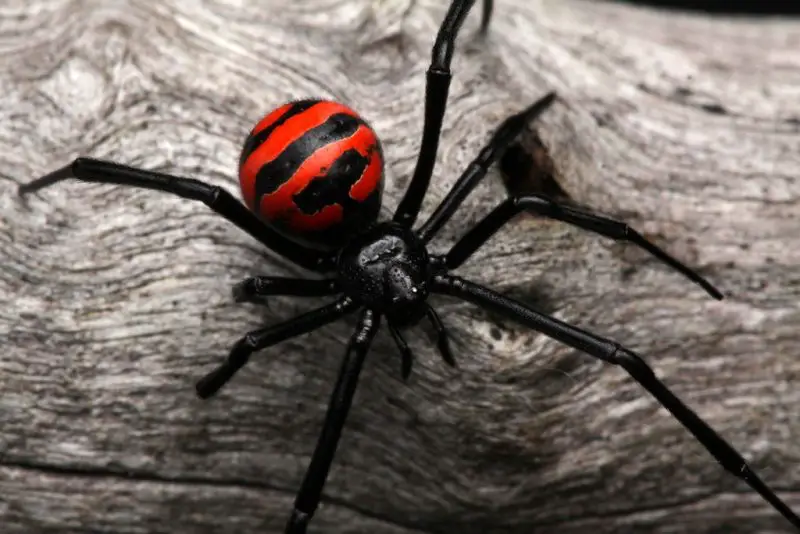
The Black Widow Spider, though not a true stinging insect, is included here due to its medically significant venomous bite. Females are glossy black with a distinctive red hourglass marking on the underside of their abdomen. In Texas, they are commonly found in dark, sheltered places such as woodpiles, sheds, and garages.
Their bite is often not felt immediately but soon causes intense pain, muscle cramping, and stiffness. Other symptoms can include nausea, sweating, and difficulty breathing. While bites are rarely fatal with modern medical care, they require prompt treatment, especially in children and the elderly.
Black Widows build irregular, messy webs close to the ground. They are not aggressive and usually bite only when threatened or accidentally disturbed. Still, their venom is among the most potent of North American spiders.
In Texas, Black Widow Spiders are widespread and pose a serious risk when humans come into close contact with their hiding places. Their venomous bite places them among the most dangerous arthropods in the region.
Brown Recluse Spider (Loxosceles reclusa)
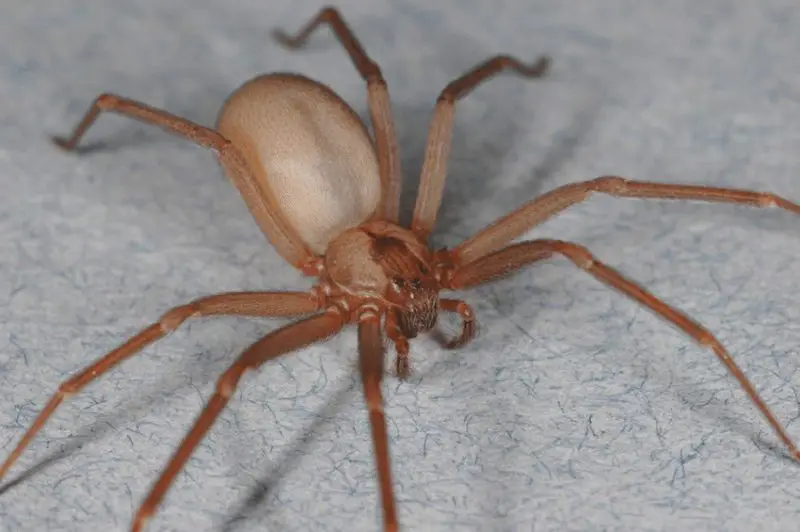
The Brown Recluse is another venomous spider commonly found in Texas. It is small to medium-sized, light to dark brown, and easily identified by the dark violin-shaped marking on its back. As its name suggests, it prefers to live in undisturbed areas such as basements, closets, and attics.
The bite of a Brown Recluse is often painless at first but develops into a red, swollen wound that may blister or become necrotic. In severe cases, the venom destroys skin and underlying tissue, leading to large, slow-healing ulcers. Systemic symptoms such as fever, chills, and joint pain may occur.
These spiders build irregular webs in secluded, dry environments and are primarily nocturnal hunters. They are not aggressive and typically bite only when trapped against skin or disturbed in clothing, bedding, or stored items.
In Texas, Brown Recluse Spiders are a well-known medical concern. Their ability to cause serious skin damage and the difficulty of detecting bites early make them one of the most dangerous arthropods in the state.
Best Time and Places to Spot Dangerous Stinging Insects in Texas
Texas has a wide range of habitats, from humid forests in the east to arid deserts in the west, and this diversity provides ideal conditions for many dangerous stinging insects. The best times and places to spot them vary depending on the species, but most are active during the warmer months from spring through early fall.
Fire ants are visible year-round, especially after heavy rains when their mounds are pushed above ground. Yellowjackets, hornets, and paper wasps are most noticeable in late summer and fall when colonies are at their peak. Large solitary wasps such as Cicada Killers and Tarantula Hawks are easiest to observe in midsummer, particularly in sandy soils or desert landscapes.
Velvet Ants, Bumble Bees, and Sweat Bees are frequently seen during hot sunny days in fields, pastures, and gardens. Horse Flies are especially active near rivers, lakes, and livestock pastures during humid summer days. Venomous spiders such as Black Widows and Brown Recluses are encountered year-round, usually in dark, sheltered places around homes, sheds, or woodpiles.
In general, rural areas, grasslands, and suburban yards provide the highest chances of encounters. Caution should always be taken when approaching nests, burrows, or hidden shelters, as many of these insects and spiders are quick to defend themselves if disturbed.
FAQs about Dangerous Stinging Insects in Texas
What is the most dangerous stinging insect in Texas?
The Africanized Honey Bee, or “Killer Bee,” is considered the most dangerous because of its aggressive swarming behavior. While its sting is no more venomous than a regular honey bee, the sheer number of stings inflicted during an attack can be life-threatening.
Are fire ants in Texas dangerous to humans?
Yes. Fire ants deliver painful stings that leave burning welts and pustules. Multiple stings are common, and some people suffer severe allergic reactions, making them one of Texas’s most medically significant pests.
Which stinging insect has the most painful sting in Texas?
The Tarantula Hawk Wasp is infamous for its extremely painful sting. While the pain is intense, it usually subsides after a few minutes and is not typically life-threatening.
How can I avoid dangerous stinging insects in Texas?
Avoid disturbing nests, wear protective clothing outdoors, and be cautious around woodpiles, attics, and sheds. Keeping food and drinks covered outdoors can also reduce encounters with yellowjackets and bees.
What should I do if I’m stung by a dangerous insect in Texas?
For mild reactions, clean the sting site, apply ice, and take antihistamines for swelling or itching. If symptoms include difficulty breathing, dizziness, or swelling of the face or throat, seek emergency medical help immediately, as these are signs of anaphylaxis.

